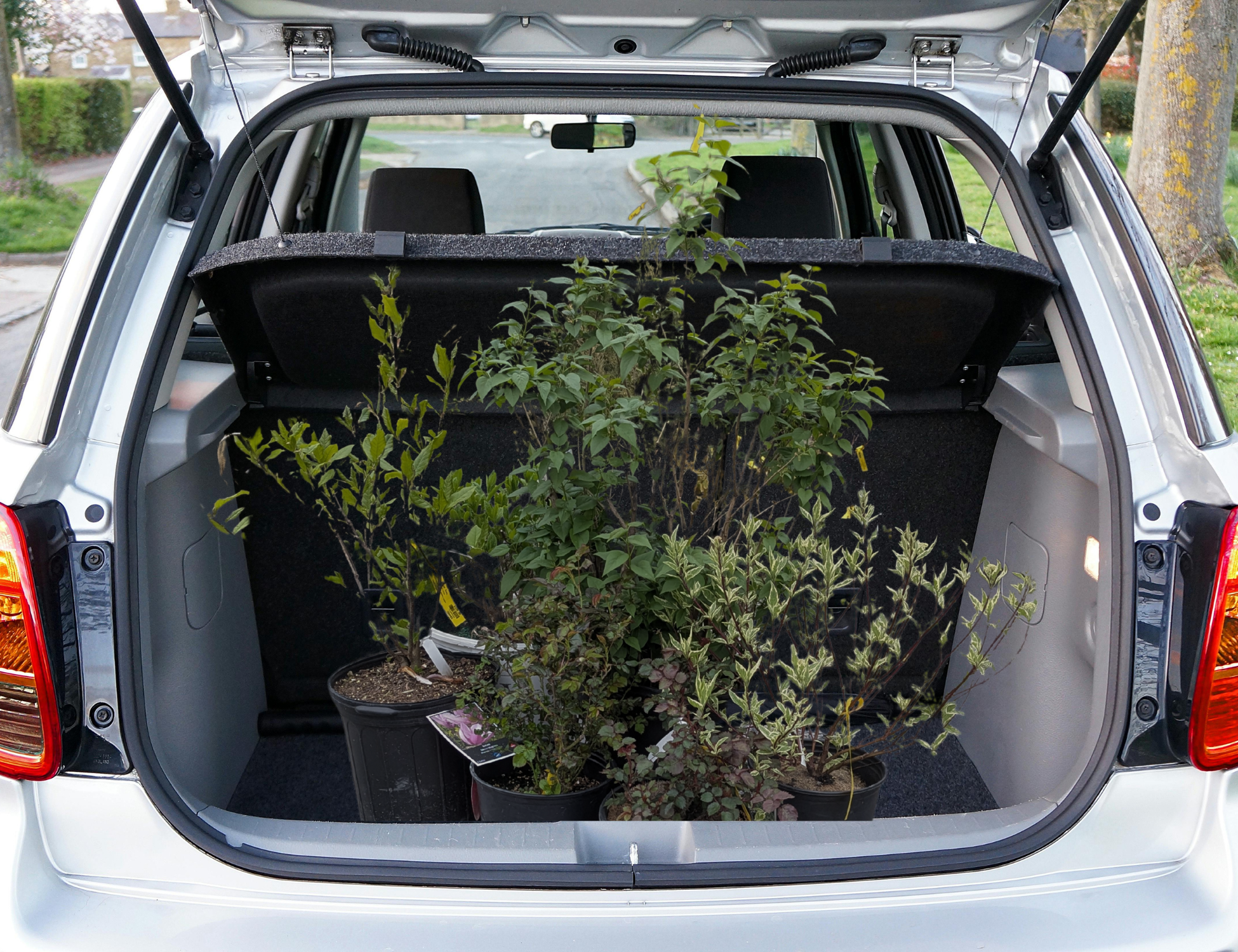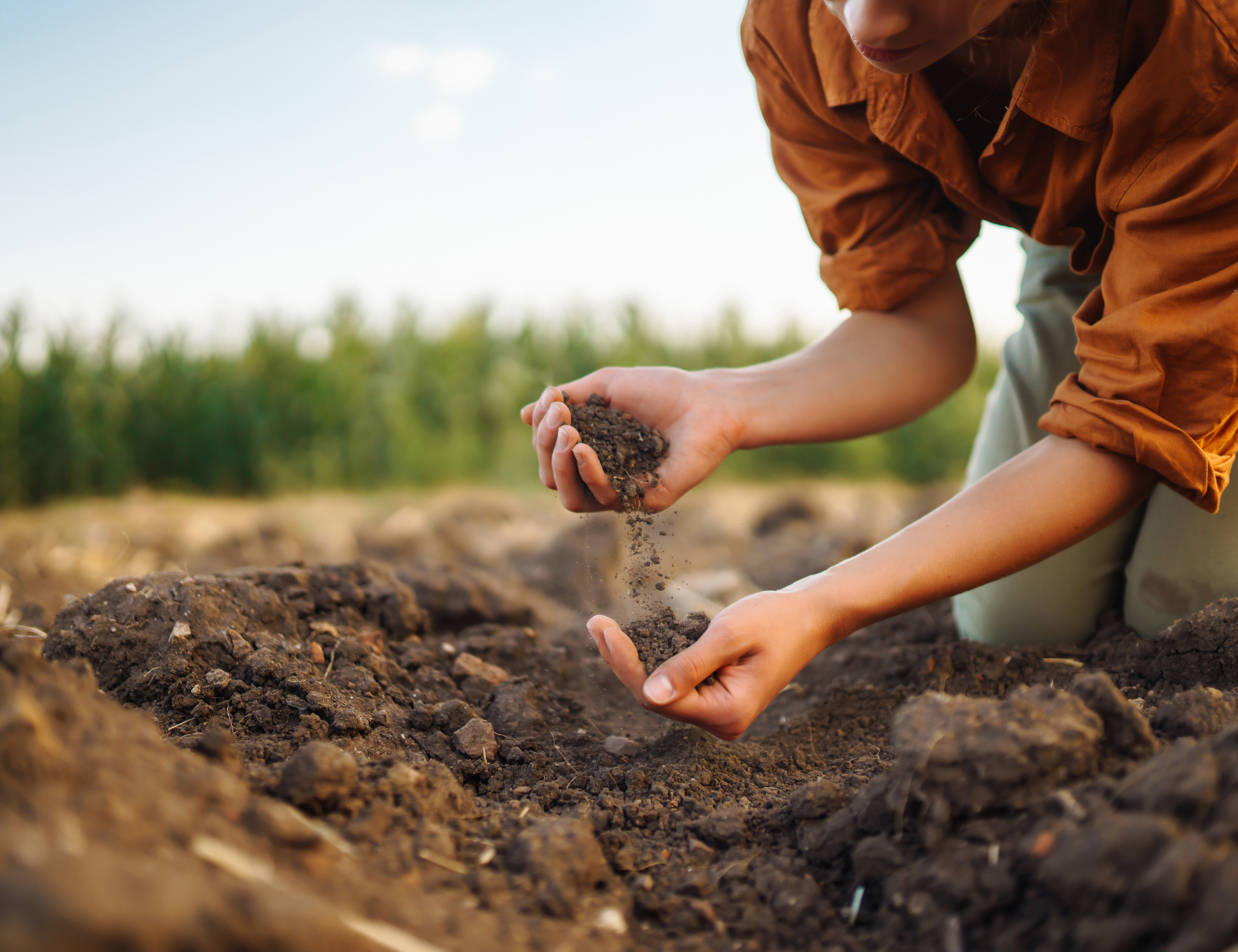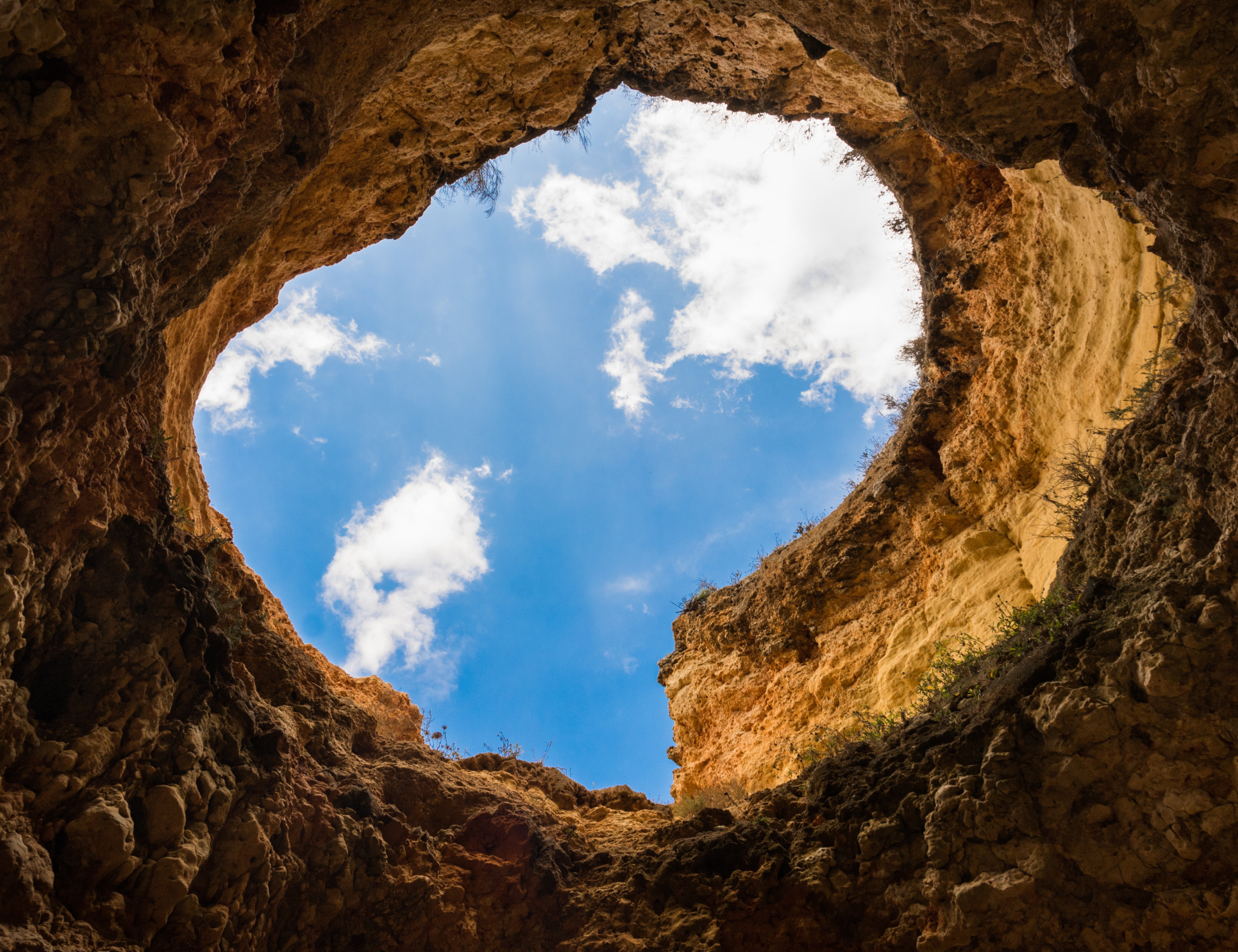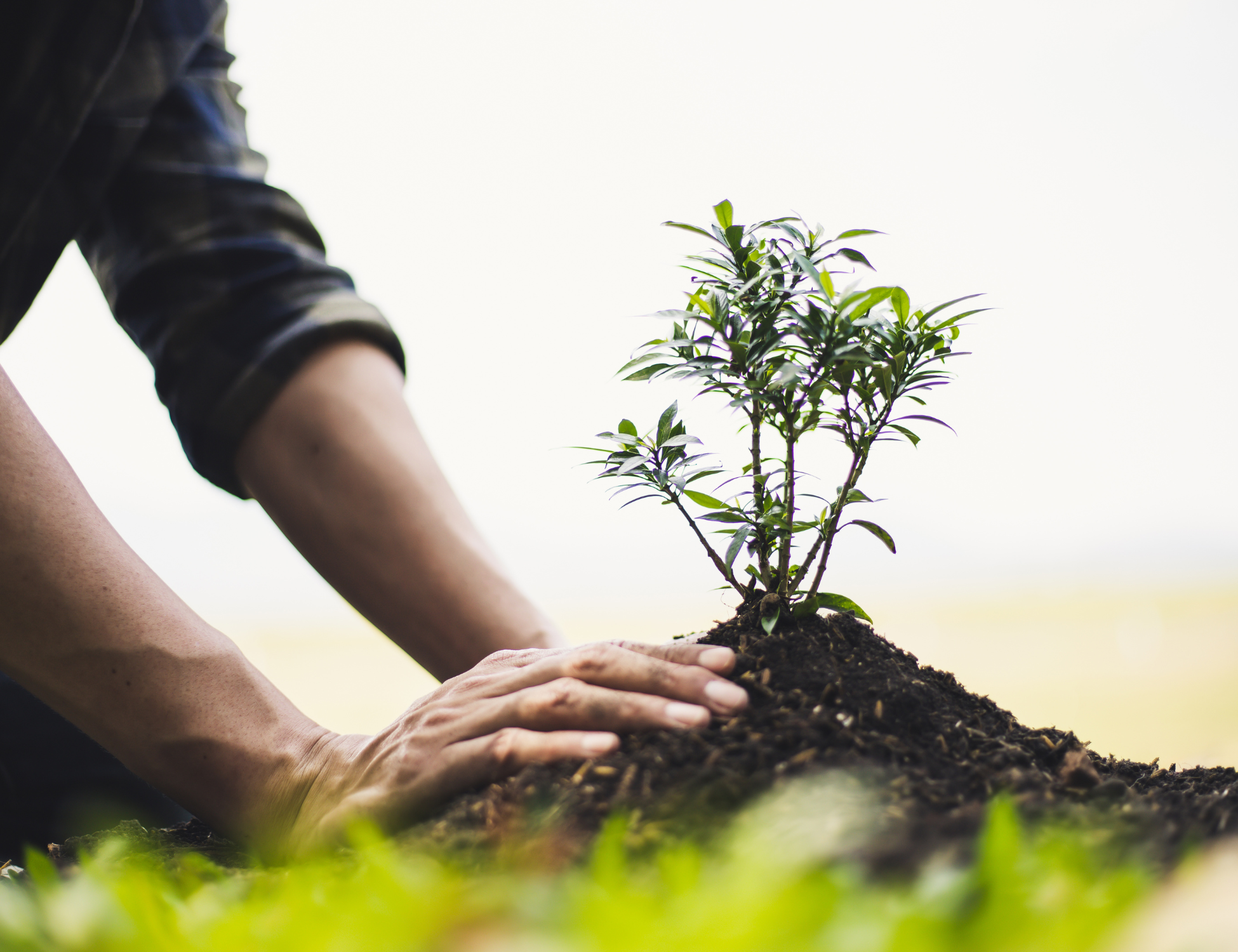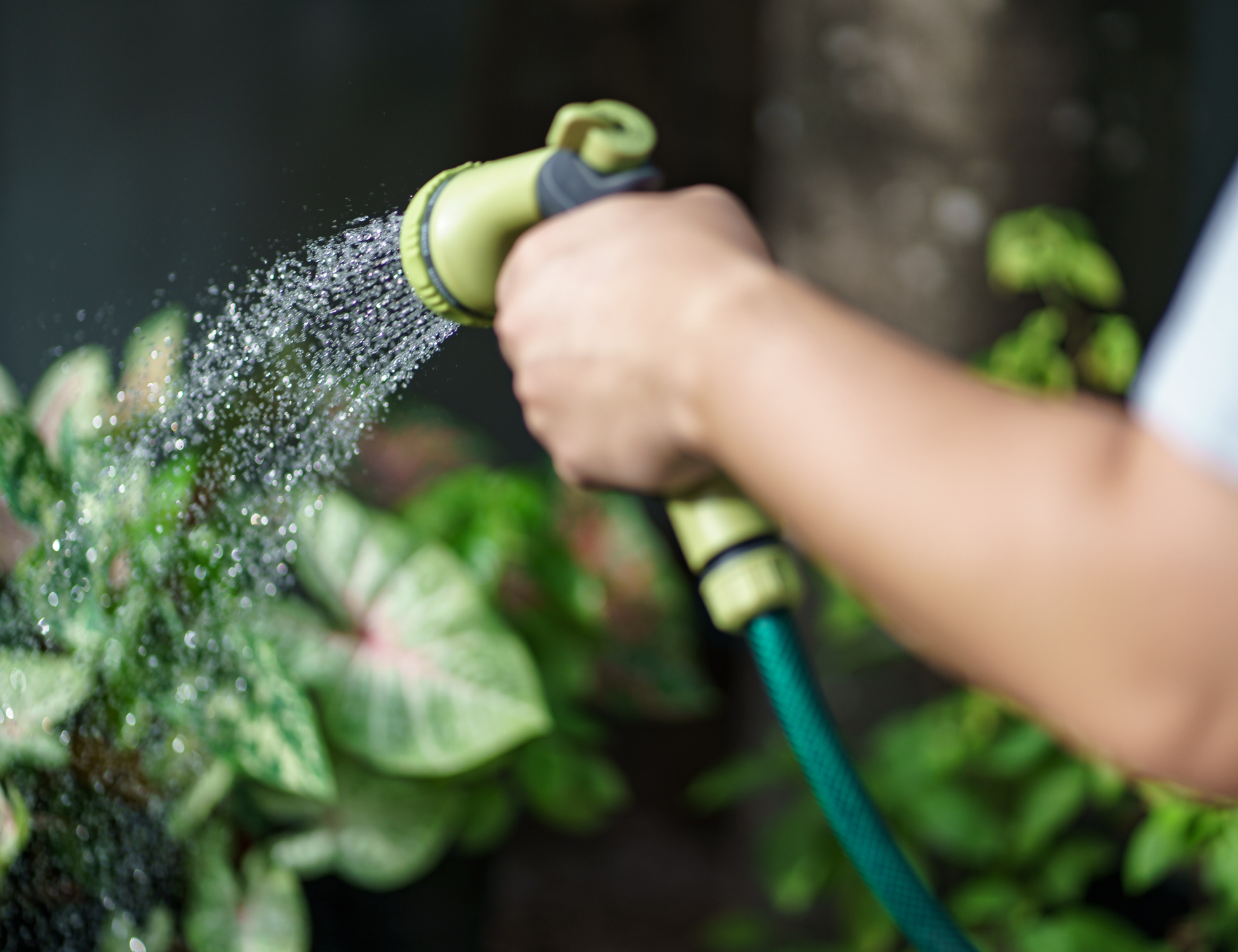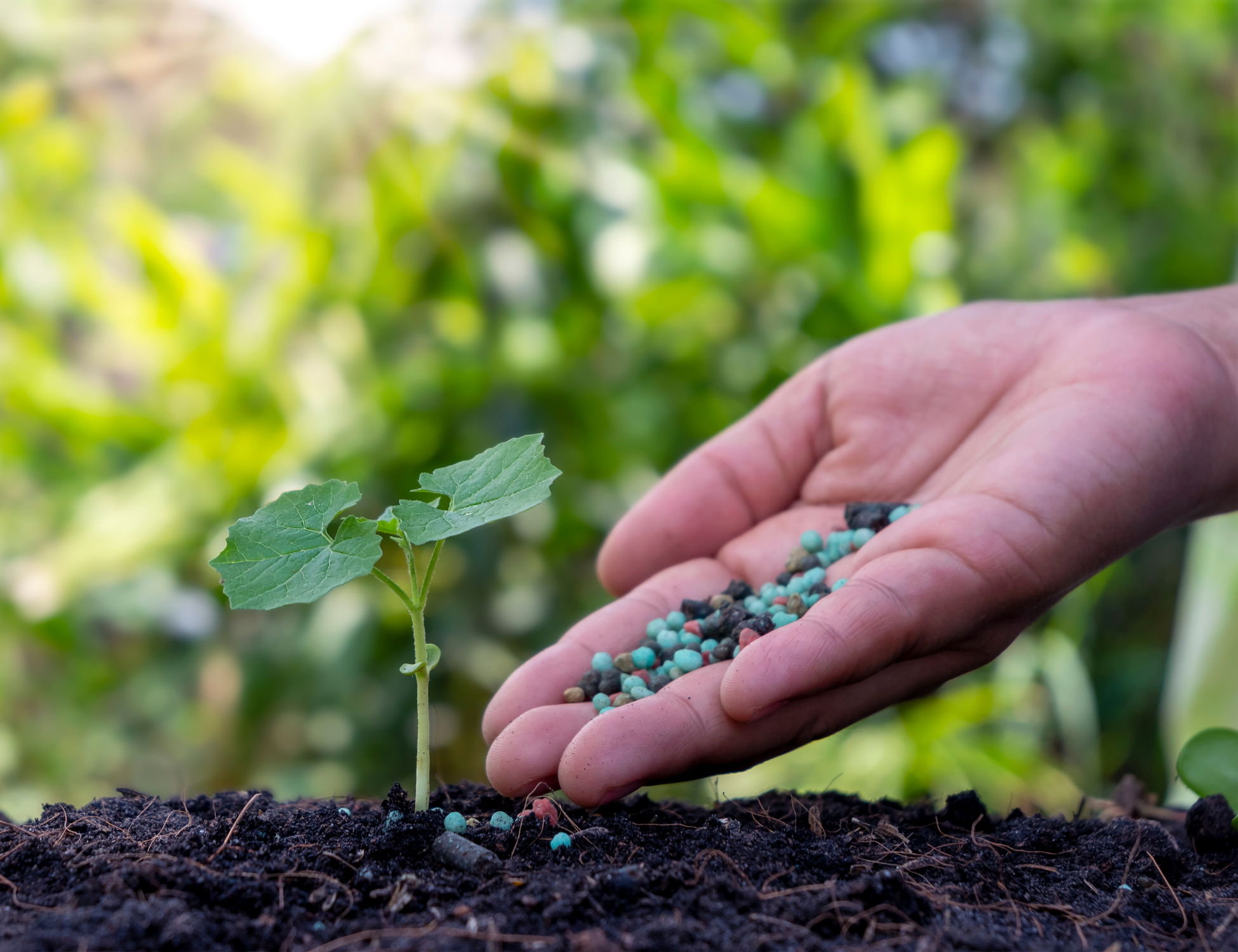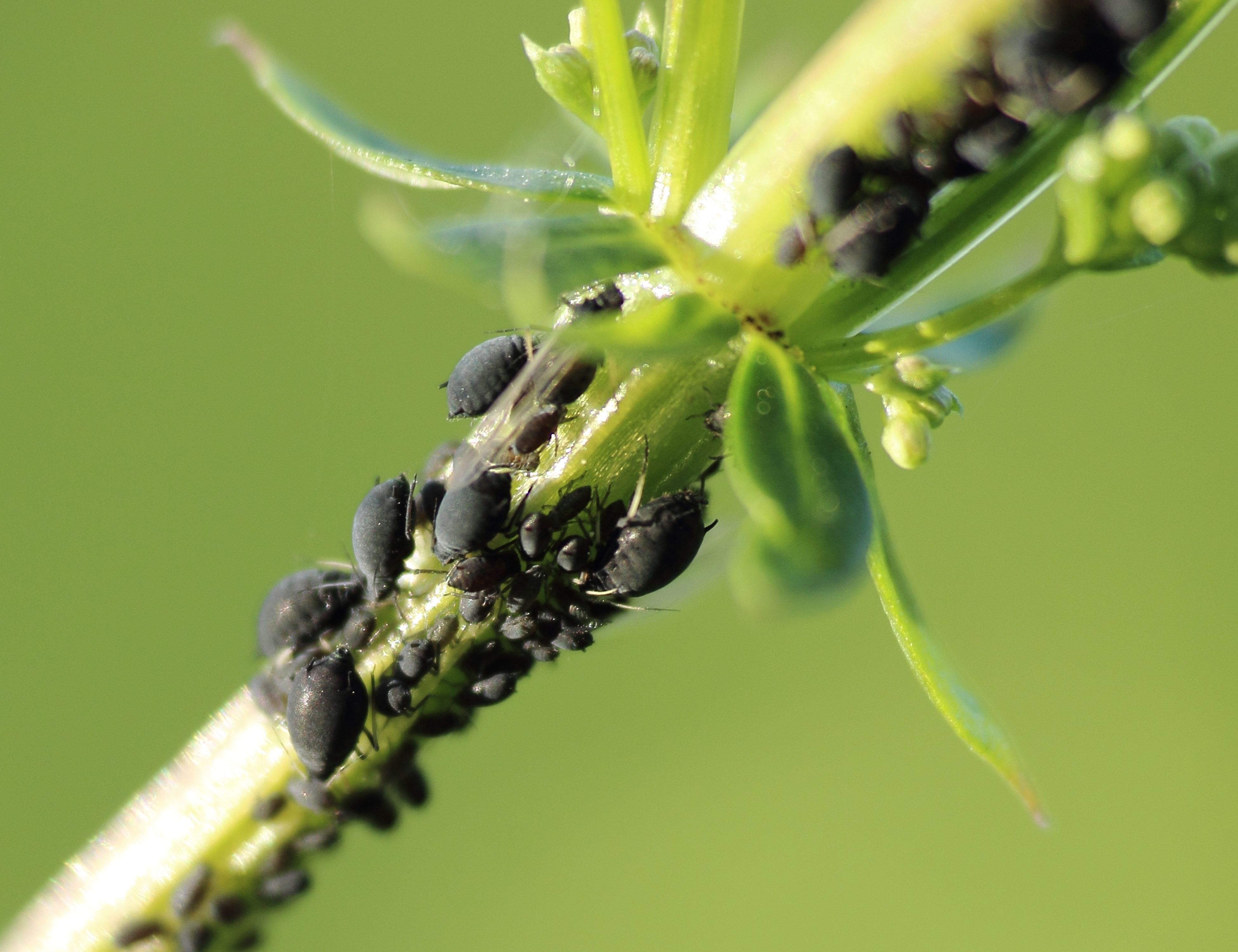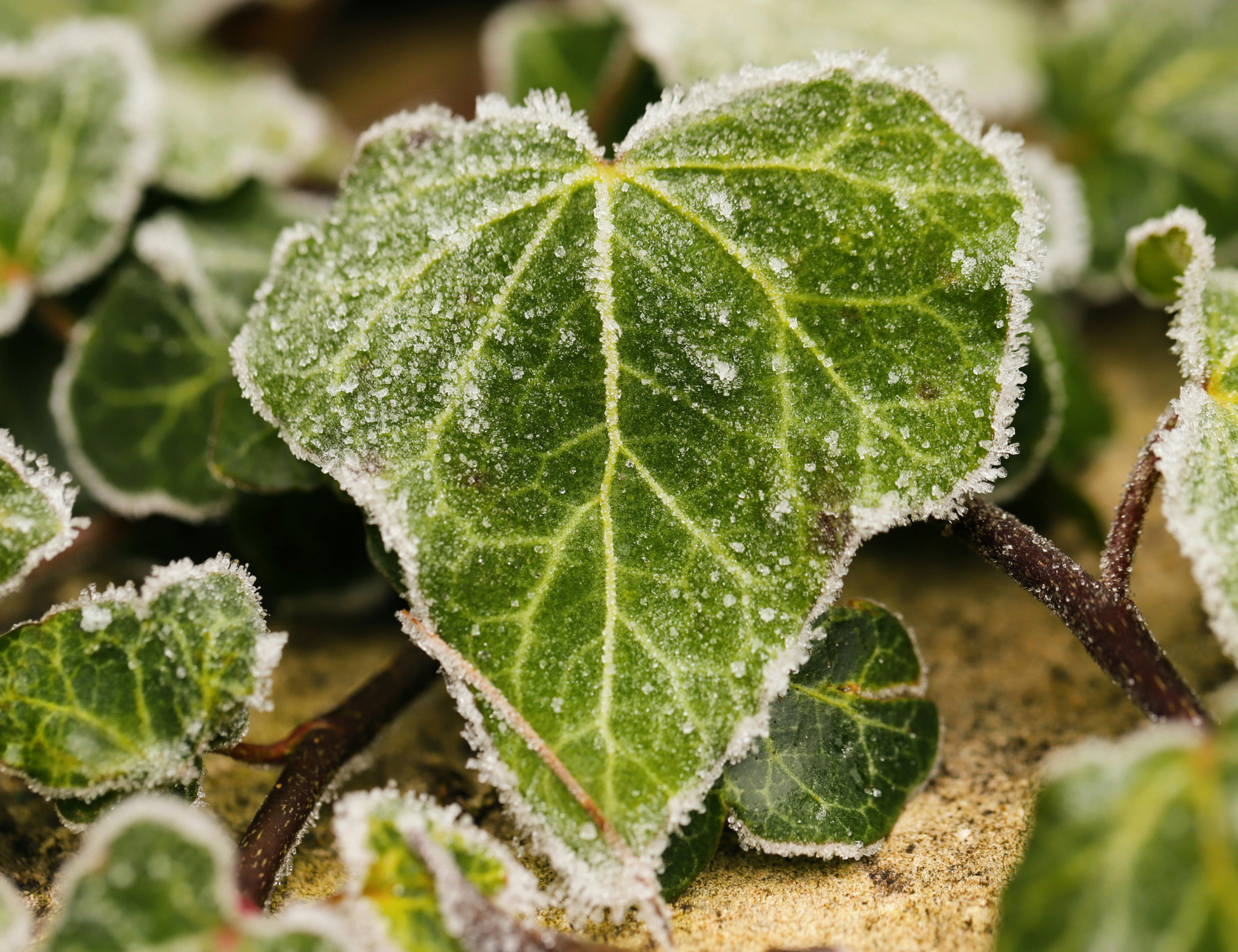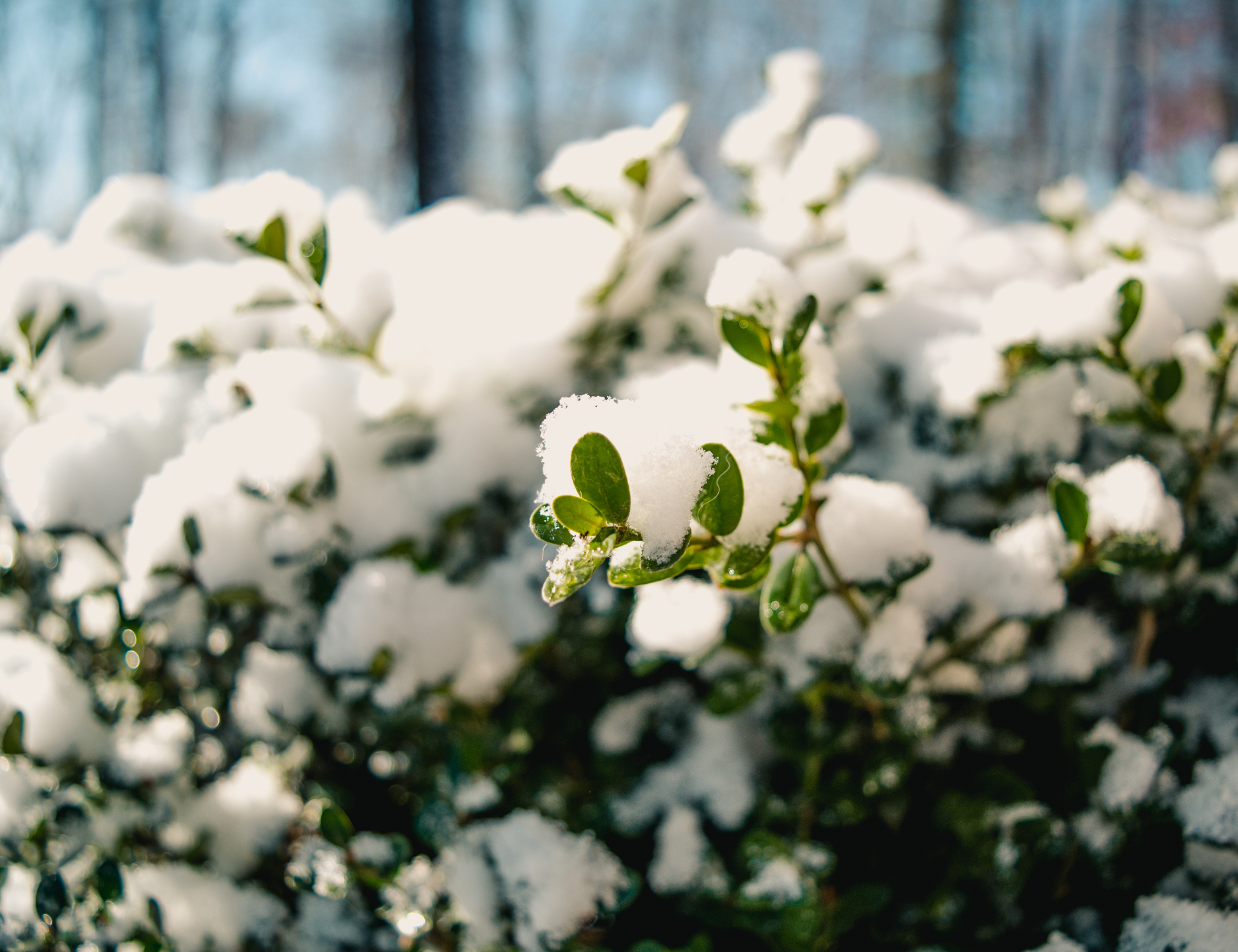Companion Plant Suggestions:
Blueberries: Rhododendrons, azaleas, heathers (similar pH needs).
Currants/Gooseberries: Chives, yarrow, and other pest-repelling herbs.
Pollinator Info: Most fruit bushes benefit from pollinators or cross-pollination. Plant 2+ varieties for best yield (especially haskaps and blueberries).
Lifespan: Many fruit bushes produce for 10–20+ years.
Harvest Timeline:
Haskaps: May–June
Strawberries: June
Currants/Gooseberries: July
Blueberries: July–August
Elderberries: August–September
